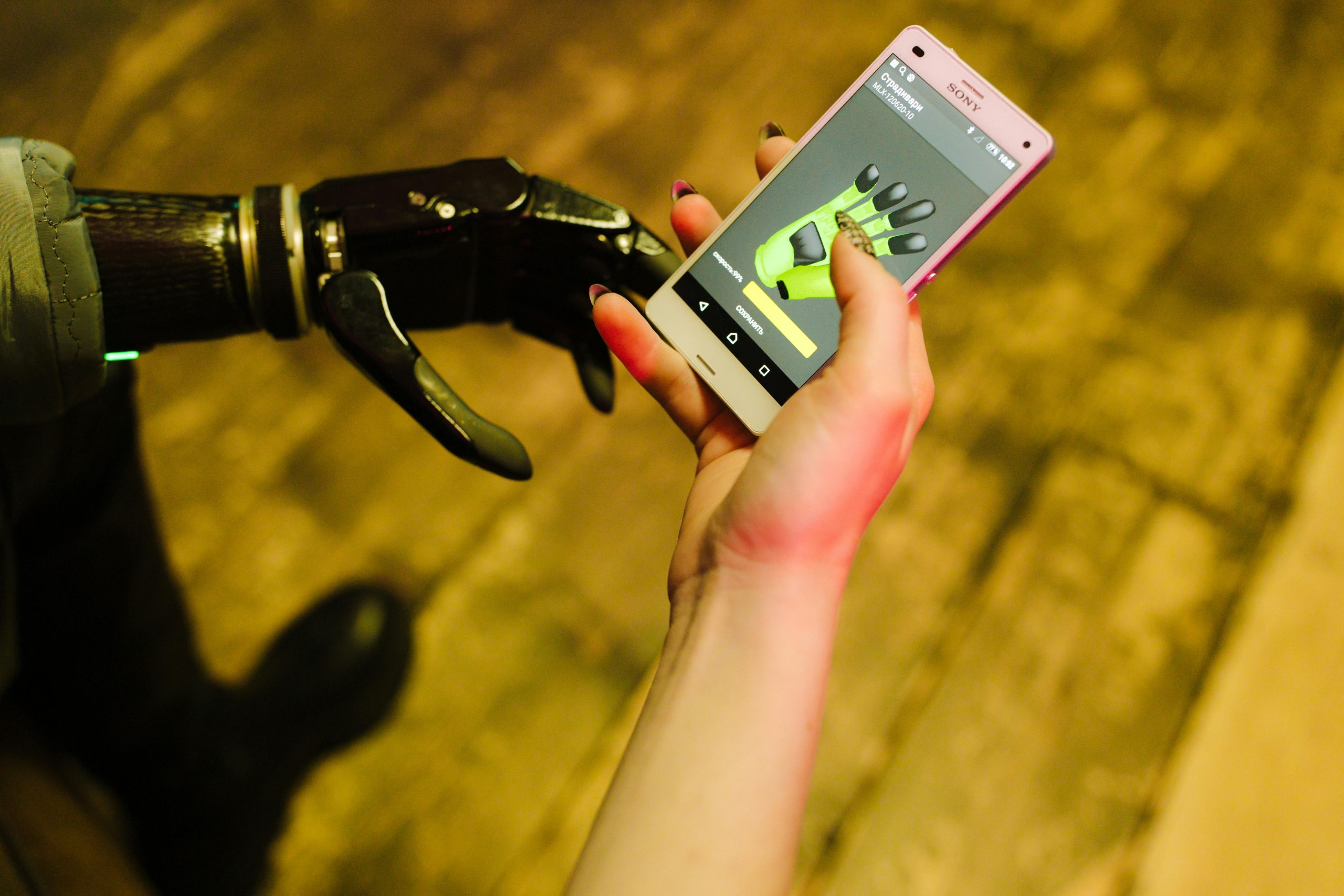The Science Behind Automated Translation Devices and Accuracy
Translation devices have come a long way over the years, revolutionizing the way we communicate with people who speak different languages. Gone are the days of relying on clunky, inaccurate translation books or struggling through broken conversations with hand gestures. With the advancement of technology, automated translation devices have changed the game, making communication across languages more seamless and efficient. But how exactly do these devices work and what makes them so accurate? Let’s dive into the science behind automated translation devices and their accuracy.
Understanding Automated Translation Devices
Automated translation devices, also known as language translators or machine translators, are electronic devices that use artificial intelligence (AI) to automatically translate text or speech from one language to another. These devices work by analyzing the input text or speech and translating it based on pre-programmed linguistic rules and machine learning algorithms. This process allows for real-time translation without the need for human intervention.
One of the biggest advantages of automated translation devices is their ability to translate multiple languages in a matter of seconds. Unlike humans, who are limited to the languages they know, these devices can translate dozens of languages at a speed and accuracy that would be impossible for a human to match. This makes them incredibly useful in various settings, from travel and business meetings to healthcare and immigration.
The Science Behind Accuracy
The accuracy of automated translation devices is a result of a complex combination of linguistics, AI, and machine learning. These devices use a technique called statistical machine translation (SMT), which involves analyzing large amounts of language data to identify patterns and make educated predictions about the correct translation. This process is constantly evolving as the device continues to learn and improve with each translation.
Another important component that contributes to the accuracy of these devices is natural language processing (NLP). NLP is a subfield of AI that deals with the interactions between computers and human languages. It enables the device to understand the context of the text or speech and make accurate translations, including idioms, slang, and cultural nuances.
Challenges and Improvements
While automated translation devices have greatly improved over the years, they still face challenges in accurately translating certain languages and contexts. Some languages have complex grammar structures or words with multiple meanings, making it difficult for the device to interpret the intended message. Additionally, cultural and societal differences can also pose challenges in accurately translating certain phrases or expressions.
To overcome these challenges, ongoing research and development in the field of AI and linguistics are continuously improving the accuracy of automated translation devices. This includes enhancing the algorithms and machine learning models used, as well as incorporating more language data and cultural context into the translation process.
The Future of Automated Translation Devices
As technology continues to advance, the future of automated translation devices looks promising. With the incorporation of advanced AI and machine learning, these devices will become even more accurate and efficient in translating different languages and contexts. It is also predicted that these devices will become more affordable and accessible, allowing for wider use in various industries.
Furthermore, with the rise of global communication and the need for real-time translation, we can expect to see more advancements in automated translation devices. This may include features such as voice recognition, instant translation in live conversations, and even real-time subtitles during video calls. The possibilities are endless and the potential for these devices to bridge the language barrier and facilitate global communication is enormous.
In Conclusion
Automated translation devices have become an essential tool in global communication, making it easier for people to connect and understand each other regardless of language barriers. The science behind their accuracy involves a complex combination of linguistics, AI, and machine learning, and as technology continues to advance, these devices will only become more accurate and efficient. While challenges still exist, continual research and development will lead to even more advancements in the future. The future of communication is looking bright, and automated translation devices are helping pave the way.










